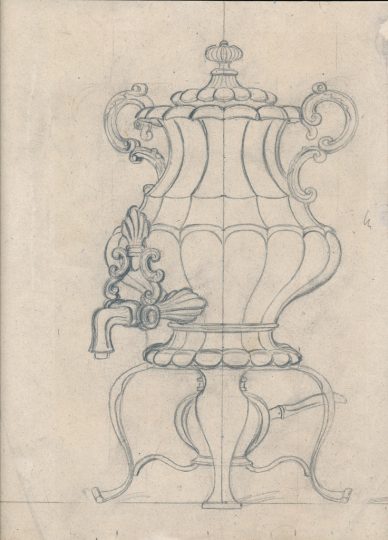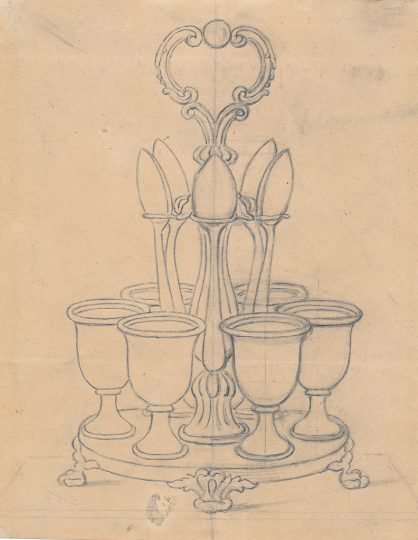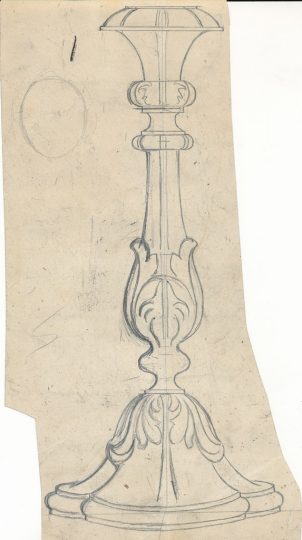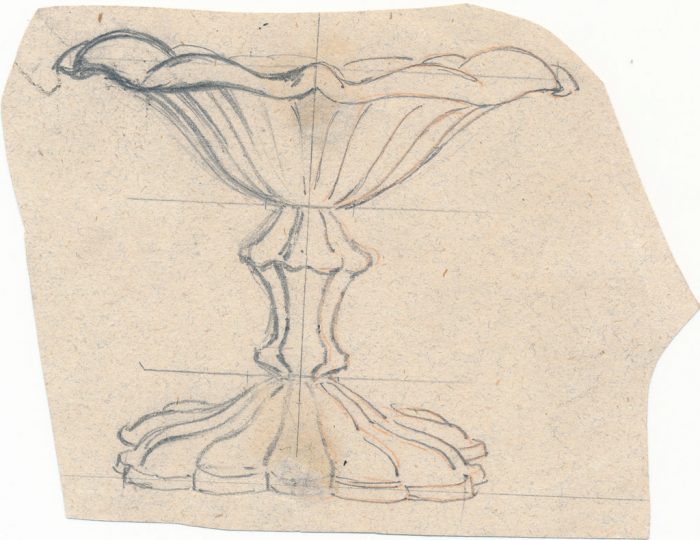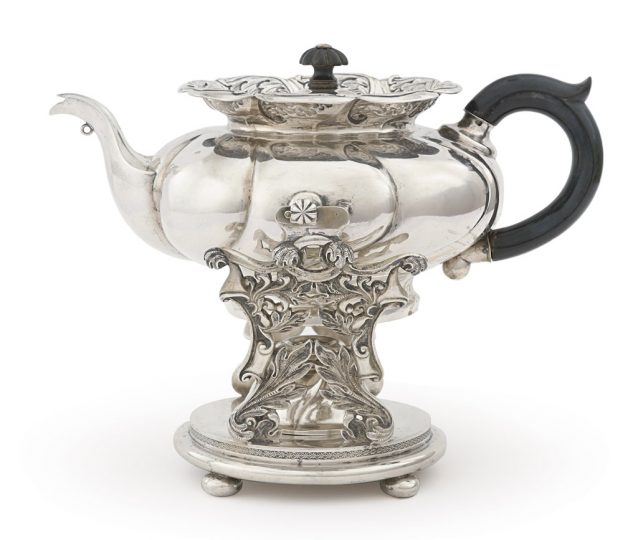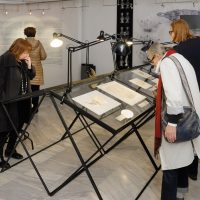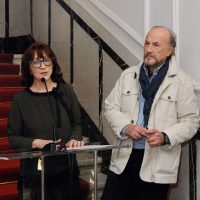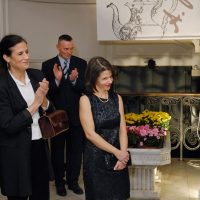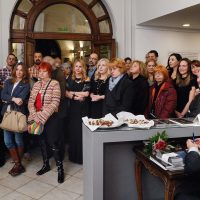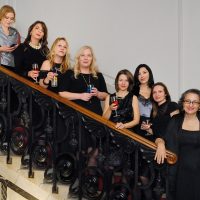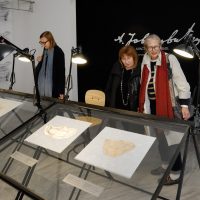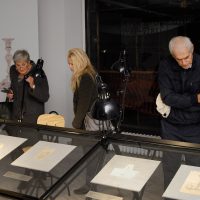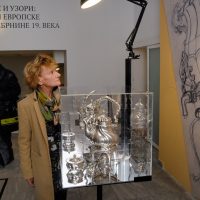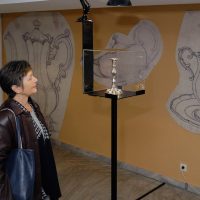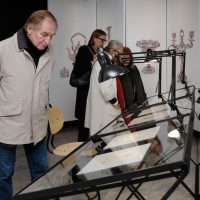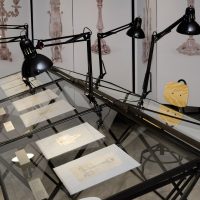Author of the catalogue and the exhibition: Jelena Perać MA, Museum Advisor
Organizer: Museum of Applied Art, Belgrade
In terms of scope and quality of artistic activity and interests, and innovative work on several fields of visual culture and art, Anastas Jovanović (1817–1899) is an exceptional figure of 19th-century Serbian culture. Within the frames of 19th-century Serbian art, Jovanović achieved pioneering activity in several areas of visual expression in the domain of applied arts and design. Beside photography and lithography, another area of Jovanović’s pioneering activity includes his work on designs for decorative objects of both sacral and profane use. The most voluminous collections of these designs are today kept at the Museum of Applied Art in Belgrade and the Gallery of Matica Srpska in Novi Sad. They are once again, after five decades, presented as a unique collection to the general public.
Designs for utility objects were dated to a wide period of his life and work in Vienna, from the graduation from the Academy in 1846 until his return to Belgrade in 1858, and were associated with the activities of his art studio-workshop in this city. All the designs were executed in the spirit of the current stylistic concepts of the Austrian and Central European artistic crafts (ger. Kunstgewerbe) in the mid-19th century. A lesser number of designs was created in the style of Classicism or Biedermeier, mainly as the combination of Biedermeier and elements of the Second Rococo, as well as in the style of the Second Rococo.
Despite the fact that objects created after Jovanović’s designs have not been preserved, the identity of possible purchasers can be surmised primarily from the structure of the very designs. Judging by the manner of execution, the applied stylistic elements and material of which they were to be made, these objects belong to the same type of luxury objects of international provenance that were sent to Serbia during the 19th century, either via commissions or they were imported. In terms of their origin and purpose, two assumptions are possible. The first is that Jovanović’s designs represented schemes for objects that, to fill customers’ orders, were produced (or should have been produced) in the workshops of his collaborators – artistic craftsmen in Vienna. The latter is that these designs were intended to serve as illustrations for the studio’s catalogue, whether the issues at question were drawings of ready-made objects or designs for commissioned objects.
A large number of Jovanović’s designs show close analogies to objects originating in Europe of the time, which have been preserved in museum collections in Serbia and abroad. The silver artifacts of European provenance, selected from the collection of the Museum of Applied Art in Belgrade, will be presented at the exhibition in this context. As comparative material, these items illustrate stylistic and formal parallels that can be drawn between objects modelled after Jovanović’s designs and certain utility objects that, over the course of the latter half of the 19th century, came to the Principality of Serbia and peripheral regions of the Empire from European centres, mainly from the Austrian Empire.
Whether actually produced or there was just intention of it, Anastas Jovanović’s designs for decorative utility objects can be considered as the first and unique design solutions to be created by any designer in 19th-century Serbian art. His knowledge of the then-contemporary artistic and stylistic tendencies Jovanović passed on to others in the Principality of Serbia, through his artistic activity or as a consultant or direct supplier of similar items in Vienna, thus influencing the shaping of taste and the formation of the bourgeois culture.


